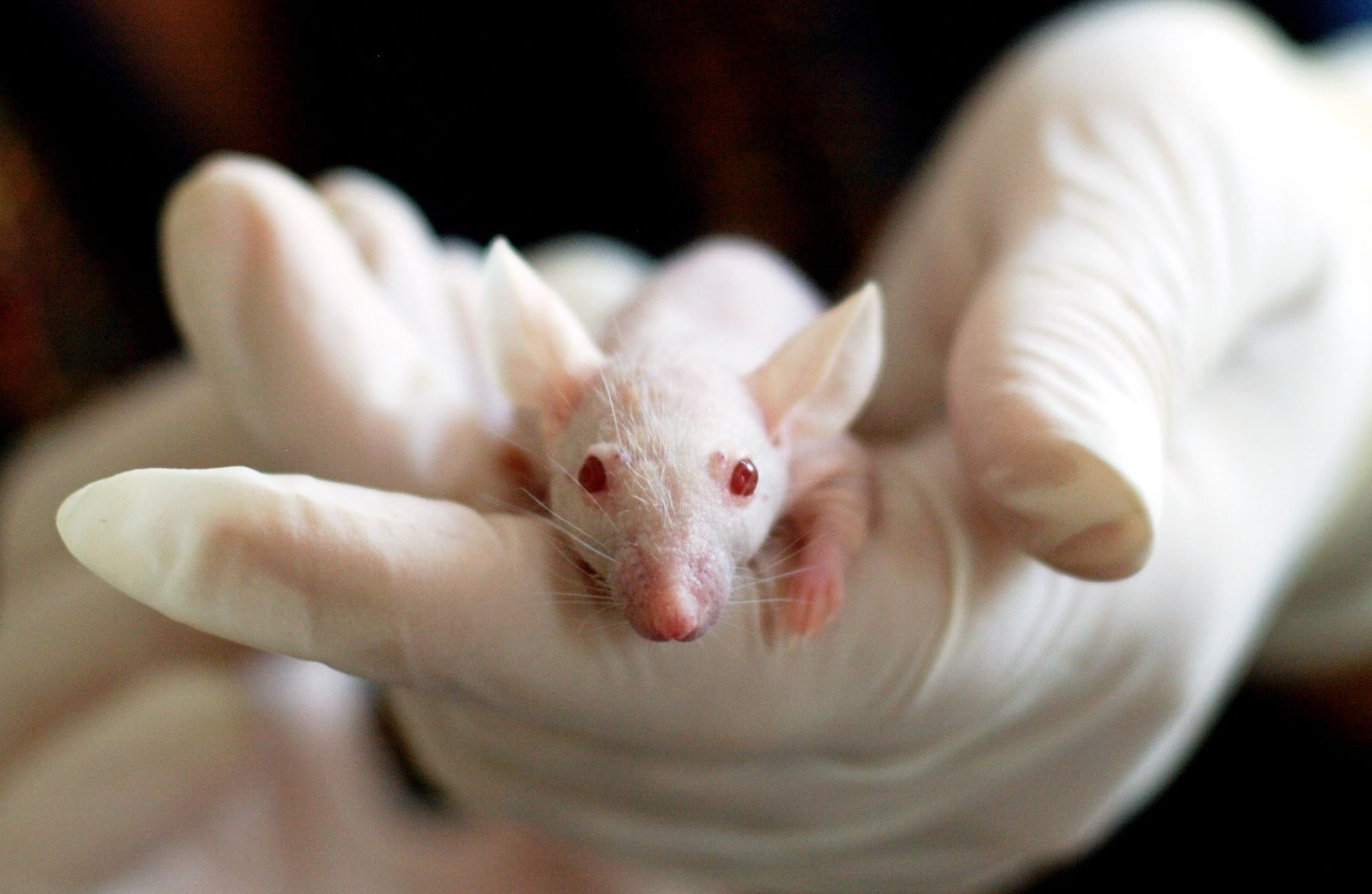

Scientists around the world are quickly pulling together studies that use animal models like mice, rhesus macaques, and ferrets to study COVID-19. But in other departments, lab animals have become casualties of the epidemic as researchers are forced to stay away from their lab benches to slow the spread of the virus. Some researchers have needed to euthanize their animals while others have had to halt delicate experiments in a way that will likely require the use of another animal when they return.
“Every model has different problems,” says one postgraduate researcher at UC Davis. She and other researchers who spoke to Popular Science asked not to be named for fear of reprisal. They say that just like it’s too soon to measure the human cost of this epidemic, it’s also too early to measure the cost to lab animals. But it’s clear the disruption of this epidemic has interrupted research, which may take months or even longer to get back on track.
Some animals have been euthanized. The UC Davis researcher estimates that she euthanized 30 cages of mice, each containing from two to five animals. “I think it’s the right thing to do,” she says, “but it was very hard. I don’t like doing it.”
A few cages of young mice who are breeding stock are waiting for her back at the lab, looked after by the animal care staff who are still coming in to work. These mice, who she uses to study neural development, will be ready to breed in about three weeks, she told Popular Science. But if she can’t be back by then to sort through them and do the necessary culling and genotyping to ensure the mice will be useful research subjects, “it’s irresponsible for us to maintain breeding,” she says.
“If this lasts for more than a few weeks, even if I let them keep being bred [by the animal care staff], I wouldn’t be able to use them,” she says.
Contacted for comment, UC Davis spokesperson Andy Fell says that the university requested all researchers “ramp down” their research as much as possible in the short window of time after COVID-19 reached the United States. “All the animals are still receiving appropriate care,” he says.
Other researchers have also been forced to halt their experiments with animals, which may necessitate them using another animal when they return. One researcher at Johns Hopkins University who studies the brain using a non-human primate model had to prematurely end her work with her monkey.
“In my lab, the way we do things is we get these monkeys, we follow them throughout their lives and use them for various experiments,” she says. “They are very much fixtures in the lab. We form relationships with them.”
In order to do her work, her monkey has a craniotomy, a small hole in its skull to facilitate the attachment of electrodes.
“It takes a lot of active work to maintain that area so that it doesn’t get infected and nothing bad happens to the monkey,” she says. Because she was actively recording readings related to her work, “I was coming in on a daily basis to do my experiments and also clean that hole,” she says.
When her university responded to COVID-19 by restricting campus attendance, she was at first placed on a list of essential personnel. Eventually, however, she was told to stay home. She worried that COVID-19 might be able to jump to the monkey. (This is an open question. Concern that gorillas may be susceptible to COVID-19 has prompted conservation teams to put new measures in place.)
Before she left the lab, she “capped” the craniotomy hole, which was less than a centimeter across, with a permanent acrylic plug. That also requires maintenance, but much less attention, she says, and can be done by the animal care workers. Since she capped the monkey prematurely, she will need to do more readings with another animal down the road in order to flesh out her work. Her research required the use of a second monkey anyways, but it may require the second monkey to have a craniotomy for more time than it would have otherwise, opening it up to further risk of infection.
Millions of animals are used in scientific work in the United States each year. Their lives, like ours, have been disrupted by the pandemic. A recent letter to Nature noted that every lab is “required to have a care plan in place for laboratory animals in the event of a disaster.” The COVID-19 pandemic may represent that exact scenario, it noted, “if it creates severe shortages in staffing and supply chains.”
Backups are possible for many cases, the letter noted. But “if there are no longer enough staff members to provide basic care, depopulation might be the only option.”
